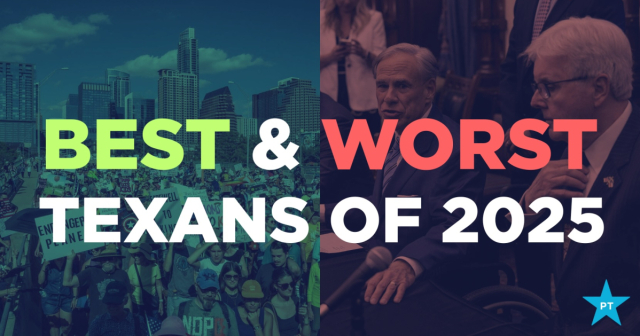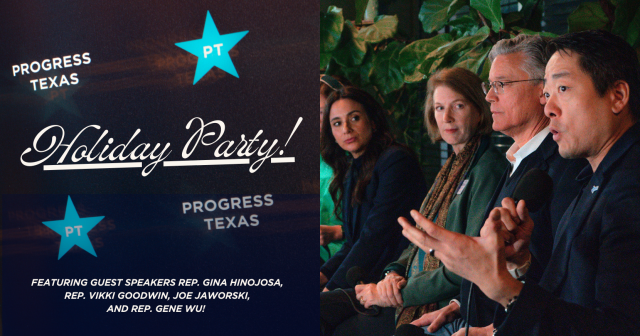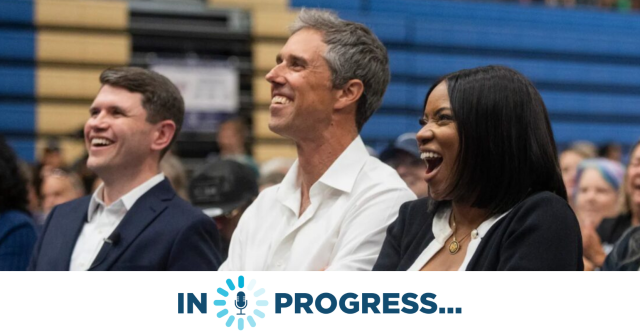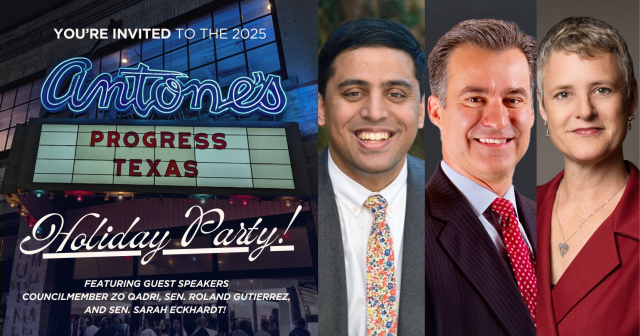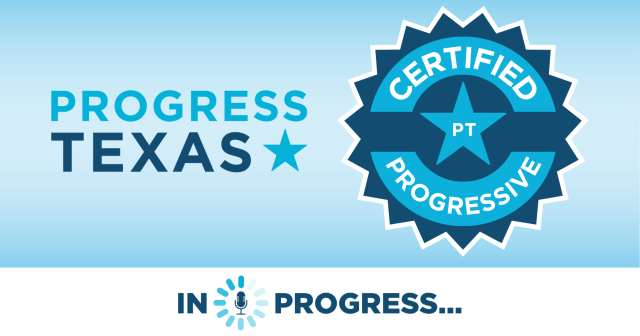Progressive candidates: 4 tips for a better stump speech
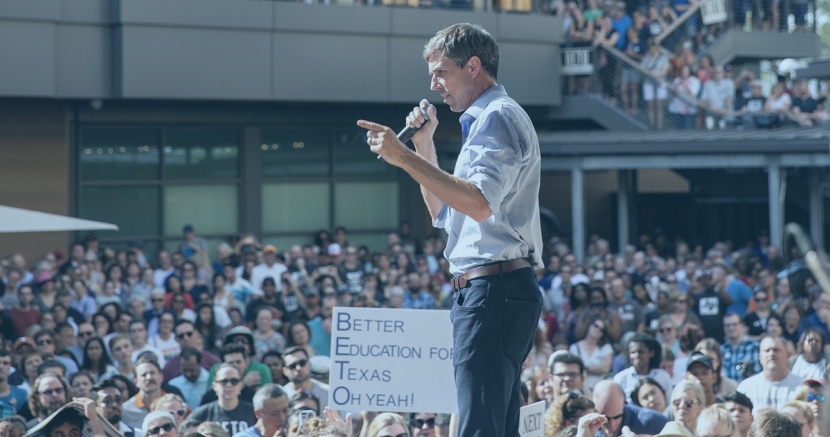
It’s election season, which means pretty much everywhere you go you can find a candidate that wants to give you a speech about something. And while we can’t expect everyone to have the eloquence of Beto O’Rourke, we do want to see all progressives put their best effort forward.
I recently attended an event where I saw a line of candidates introduce themselves and then essentially read their resumes for 60 seconds. Many of them were fine speakers, but listing qualifications for an office can fall flat if they are missing a key component: a message.
That’s because there’s a distinction between communicating and messaging, and in the rush of putting together a campaign the message is something that can get lost in the mix. But a campaign message should be the first thing that a candidate identifies - and the rest of the campaign should reinforce it.
Put simply, the difference between communicating and messaging is the difference between saying things and having something to say.
A message is a candidate’s main issue, passion, or reason for running. Because while all of the fundraising and voter contact is important, they are simply vehicles for a good message.
For candidates who are running down ballot, be that city council or a lesser-known statewide position, they may only need one solid speech to give everywhere they go. It can be anywhere from one minute to five minutes, or a five minute speech with a one minute version. Either way, it needs to be good because that speech delivers the message and in turn shapes the campaign brand.
Here are the 4 things that go into a great stump speech:
- Lead with values. The most persuasive way to connect with a voter is to show them that the candidate cares about the things they care about. That’s why every candidate should open up a speech by talking about what they believe in and why they are running. It’s important that candidates hone in on the one or two things to shape a message and not a laundry list. If the message is solid, and it’s repeated often enough, voters may begin to start referring to the candidate by the message. “Oh, she’s the candidate who always talks about environmental protection.” This is an example of message discipline that results in message success.
- Show, don’t tell. Telling is when a candidate says we need more funding for public education, showing is when he says “better funding leads to smaller class sizes and a better ability to keep good teachers.” The difference is that the showing paints imagery in the mind of the listener, thus leaving a stronger impression of your message. For more on this subject, check out these tips from Sarah Hurwitz, former speechwriter to Michelle Obama.
- Why me, why now? Why are you running for this office and why now? This is where candidates can express why they are the right person for the office and why that needs to happen right now. “We have a choice to make in 2020 and what we do in this legislative district will impact redistricting for the next decade.”
- Mention your experience. They key word is “mention” and not “elaborate.” That’s because while experience is important, it is not the most persuasive case a candidate can make to voters. Most voters will not support a candidate who doesn’t agree with their values no matter how much experience that candidate has. Thus experience is a good thing, but it’s important to recognize that it is more a validating quality than a persuasive one (former CIA negotiator Chris Voss offers a great example in this video from the 8:45 to 10:45 marks).
That last part is important because candidates often fall into a “resume trap” where they simply talk about their qualifications for the position and don’t ever touch on the issues they have in common with the voters.
This usually happens when candidates view an election as a job interview, as if they are getting hired for a job. However, an election is not an interview - it is a popularity contest.
To drive home this point, listed below are two speeches for the same (fictional) candidate running for a judicial position. Which do you think is the stronger case?
Resume speech: “I am running for judge and I’d like your vote. I have 12 years of experience, I am a member of the bar association, serve on two local commissions, and have been active in politics for the past decade. My father was a judge and my grandfather was a judge - being a judge runs in my family! I went to law school here in town and I would love to have your vote!”
Values speech: “I believe that our community has a moral responsibility to treat people with dignity. Whether they are people who have lived here for generations or people who just got here. And I believe in a community that is fair, just, and shows strength through kindness. That’s why I’m running for judge - to bring these values to the bench. I have 12 years of experience and am a member of the bar association. I worked my way through law school waiting tables and I am working my way through this campaign to earn your vote!”
Notice the difference between the two speeches? The “resume speech” was all about the candidate, whereas the “values speech” was all about building a connection with voters.
DONATE
Your donation supports our media and helps us keep it free of ads and paywalls.

